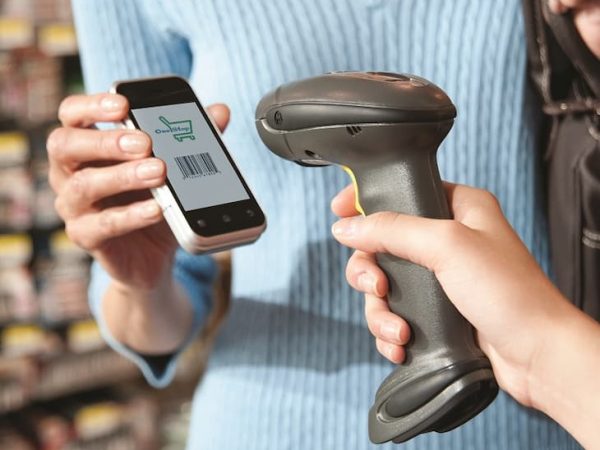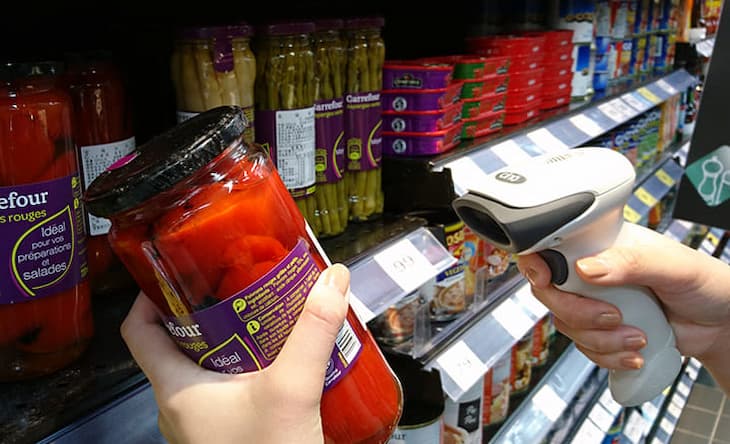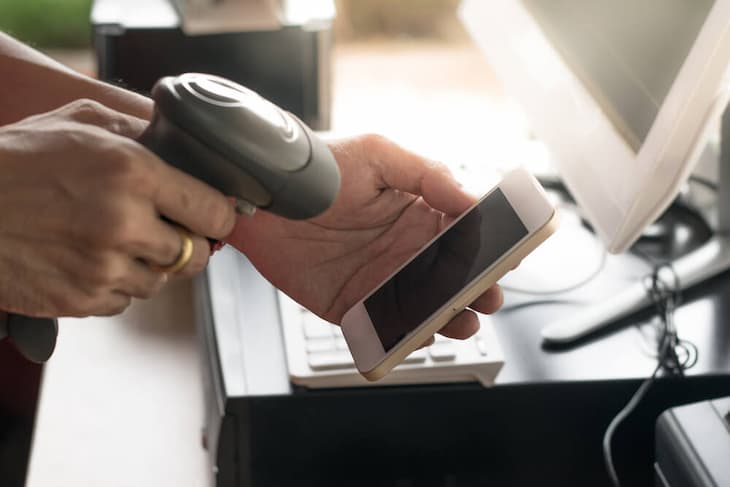05
Sep

The retail industry is one of those sectors that is constantly evolving, with consistent changes in customer preferences and technology, and the need for more efficient operations is becoming increasingly necessary. Back in the day, retailers used basic methods such as cash registers and manual inventory management to keep track of their sales and stock.
While this was the best they could do at the time, it was far from efficient. Nowadays, however, retailers are embracing more advanced methods of operation in order to increase efficiency and provide customers with a better experience. One of the most promising technologies for this purpose is the invention of precise and efficient 2D barcode scanner devices.

If you’ve ever turned over a product and noticed a black square with some strange patterns in it, you’ve seen a 2D barcode. This type of barcode has been around for decades and is used by retailers to quickly scan products and keep track of product information. Each item is assigned a unique 2D barcode that contains information such as the product name, price, and expiration date. When scanned, this information is quickly and accurately transferred to a computer system for processing.
This is done through the use of lasers and imaging technology. The laser beam is passed over the barcode, scanning it line by line to create a digital image which is then processed by the computer. This data can be used in many ways, from keeping track of stock levels to pricing and even tracking customer purchases.
Think of it as the brains of the operation. It’s a fast and efficient means of gathering, storing and analysing data that can be used to improve the customer experience, as well as streamline operations. You can argue that it’s just as important as customised uniforms, as it helps give your business the edge over competitors.

But what can you expect with the implementation of a 2D barcode scanner? Does it really turn the tide in favour of your business? Let’s take a look at some of the benefits that can be expected from using these devices:
By replacing manual methods with automated ones, your business can speed up processes related to keeping track of inventory and sales. You don’t have to worry about tedious data entry or incorrect calculations, as the computer will take care of it all. This makes it easier for staff to focus on more important tasks while also reducing errors and increasing speed.
This is particularly useful for high-volume stores where it’s difficult to keep track of inventory and sales manually. As a result, the whole process becomes more streamlined and easier to manage, ultimately increasing sales and profitability.
2D barcode scanners are extremely accurate when reading and transferring information. This means that there’s no need for further verification or double-checking, as the data can be trusted. This reduces errors and provides customers with an improved experience since they can be sure that their purchases have been accurately recorded.
As humans, we’re prone to mistakes – whether that’s from entering incorrect data or misreading prices. Most of the time these mistakes go unnoticed and eventually add up, resulting in inaccurate stock levels and customer dissatisfaction. However, implementing 2D barcode scanners can help reduce these errors significantly.
One of the main tasks of running a successful business is effective inventory management. This includes keeping track of stock levels, reordering items when necessary, and ensuring that your shelves are always adequately stocked. With a dedicated scanner, you can automate this process to make it quicker and more accurate.
The device will be able to quickly identify the item that’s been scanned and determine whether it’s in or out of stock. This eliminates the need for manual counting and reduces potential errors. Furthermore, by automating your inventory management process you can save valuable time which can be used on other more important tasks.
The customer experience is critical to any business – after all, happier customers will result in more sales. The 2D barcode scanners can be used to increase the efficiency of customer service and improve the overall experience. For example, customers won’t have to wait longer than necessary for their items to be scanned, as this process will be completed quickly and accurately with minimal fuss. With each item being scanned, customers can also be assured that the correct price is applied and that their purchase has been recorded correctly.
Data collected from barcode scanners can be used for more than just inventory management – it can also provide valuable insights into customer behaviour and preferences. This data can then be used to tailor your product offering in order to better meet customer needs. It can also be used to track trends over time, so you’re always one step ahead of the competition.
Let’s say, for instance, that you’ve noticed a sudden surge in demand for your organic products. With the information collected from barcode scanners, you can easily identify this trend and use it to your advantage by stocking up on more of these items or placing them at the front of the store to draw more attention.
New employees can take a long time to get up to speed with an organisation’s processes, particularly when it comes to product scanning. With the use of 2D barcode scanners however, this training time is greatly reduced. The device takes care of all the hard work, leaving employees free to focus on other tasks such as customer service and store promotion.
Plus, they’re extremely convenient to use. All you have to do is point the device at the product and wait for the scanned information to appear on the screen. This makes it much easier for employees to learn how to use them, as opposed to more complex manual processes which require extensive training.